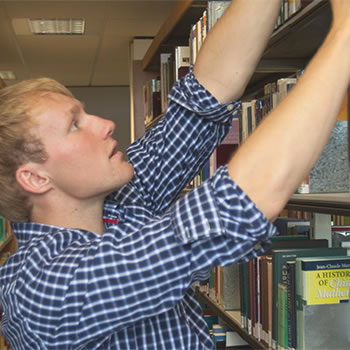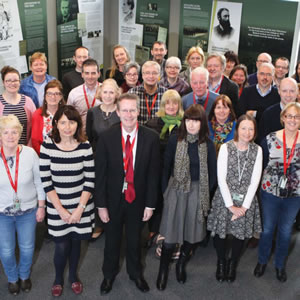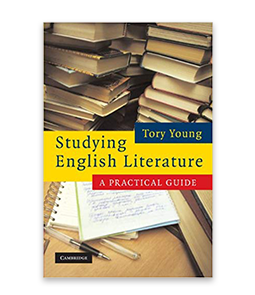- My Library Account
- Collections

Collections
The Library provides access to books, electronic resources, archives, special collections, and more to support your learning and research.
- Research

Research
The Library is committed to supporting your research needs with expert guidance and resources.
- Studying
- Academic Skills Service for Students
- Academic Writing Centre
- Assistive Technology Area
- Borrowing Limits, Lost Books & Fines
- Digital Literacy
- Equipment & More
- Group Study Rooms
- Library & IT Service Desk
- MakerSpace for Students
- Past Exam Papers
- Photocopying & Printing
- Shannon College Library
- Study Spaces
- Tour Timetable
- Using Other Libraries

Studying
The Library has all the resources and supports you need to be successful in your studies at undergraduate and postgraduate level. Whether you're just starting your studies or working on your final project, we're here to help.
- Teaching

Teaching
We are here to help lecturers and academic staff deliver quality teaching and support their students' success.
- About

- Workshops & Events
Studying English Literature Review
Young, Tory. Studying English Literature. Cambridge: Cambridge University Press, 2008
Review by Anna Sikora-Carelse

Studying English Literature, by Tory Young, is designed for students who find the transition from a secondary school style of writing to an academic style challenging. It is also aimed at mature students who are new to academic writing
Young believes that one’s decision to study literature is typically based on a passion for reading, rather than writing, and especially not academic writing. This often leads to self-doubt. The textbook addresses this problem by offering practical advice on structuring essays, developing ideas, or formulating arguments. The book answers questions concerning word counts, plagiarism, the usage of the personal pronoun ‘I’, and the differences between the ‘Works Cited’ and ‘Bibliography’ sections, while providing specific examples of quotations and citations in the MLA style. The author disputes the popular notion of the comma as a ‘breathing space’ (125) and outlines the basic rules of punctuation. She also advises students who are terrified of long lists of secondary reading on how to choose relevant information by adopting the ‘skim reading’ technique. While the book offers guidance on initiating the writing process, it gives limited advice on improving it. As a textbook, however, it offers exactly the kind of practical instruction that any new student requires.











